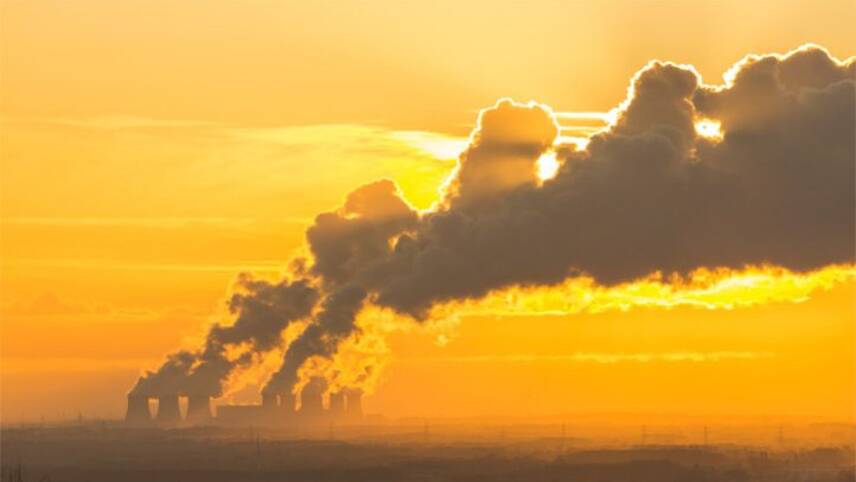Register for free and continue reading
Join our growing army of changemakers and get unlimited access to our premium content

CCS is usually co-located with energy facilities or industrial clusters
That is according to new research from the Global CCS Institute, a think-tank which is striving to accelerate the deployment of the technology.
The Institute’s 2020 Global Status on CCS report states that there are a total of 65 commercial CCS facilities in operation or development internationally, with the US being the leading market. Included in this cohort are large-scale facilities and pilot/demonstration facilities; for the Institute to class a facility as large, it must have a capacity of 400 ktpa if it is co-located with heavy industry or 800 ktpa if it is co-located with power generation.
Global capacity for CCS is on track to total 116 Mtpa by the end of 2020, according to the report. This is a 33% year-on-year increase, and a 100%+ increase on 2017 levels.
The Institute has tracked global capacity for several years and recorded a peak in 2011, of 150 Mtpa.
2020 marks three continual years of global capacity increase and the Institute believes the net-zero movement is a key contributing factor. At the beginning of 2020, some 49% of global GDP was covered by net-zero targets. Recent months have seen net-zero or carbon-neutral ambitions being announced in nations including Canada, South Korea, Japan and China, meaning the proportion will now be far greater.
“One of the largest factors driving this growth is the recognition that achieving net-zero emissions is urgent yet unattainable without CO2 reductions from energy-intensive sectors,” the Institute’s chief executive Brad Page said. “Climate ambition, including efforts to decarbonise industry, has not been curtailed despite the adversities faced in 2020.”
International picture
Of the 65 CCS projects assessed in the report, 17 are new for 2020. The US plays host to the majority of the new projects – 12 of the 17 – and of the capacity.
According to the Institute, this is due not only to the nation’s technological expertise in this area, largely transferred from the fossil fuel and heavy industrial sectors, but to strong policy support. The federal government offers tax breaks to the sector and some states, including California, have more specific incentive policies for the low-carbon energy transition.
Green groups have expressed concerns, however, that the Trump administration saw CCS as a silver bullet for decarbonisation and an excuse to keep growing the fossil fuel sector.
The Global CCS Institute is predicting that an acceleration of CCS deployment is on the cards for the Asia-Pacific region, the EU and the UK in the coming years.
In the EU, the first round of the €10bn Innovation Fund opened in July. Multi-million-euro packages are expected to be confirmed for CCS projects in early 2021. Moreover, a major array in the Netherlands – the Porthos Project – is due to make a final investment decision in 2021. The Rotterdam-based array is being backed by Shell, ExxonMobil, Air Liquide and Air Products.
In the UK, the 2020 Budget earmarked £800m for a CCS Infrastructure Fund to establish CCS in at least two UK sites, one by the mid-2020s, a second by 2030. The sites will be developed using consumer subsidies. This pledge was built upon in Boris Johnson’s recent ten-point plan, which committed £1bn to CCS. It is unclear at present whether the two pots overlap.
After the UK Government closed its £1bn competition fund for CCS in 2015, it faced stark criticism – so many are keen to see a renewed commitment.
edie Explains: Carbon Capture, Utilisation and Storage
The edie team has just launched a new explains guide, produced in association with Carbon Clean, answers all of the questions that businesses might have in relation to CCUS.
The guide features a viewpoint from Aniruddha Sharma, the co-founder and chief executive of Carbon Clean on the role of technologies in reducing industrial emissions, along with key facts, stats and considerations. Download the guide for free here.
Sarah George


Please login or Register to leave a comment.